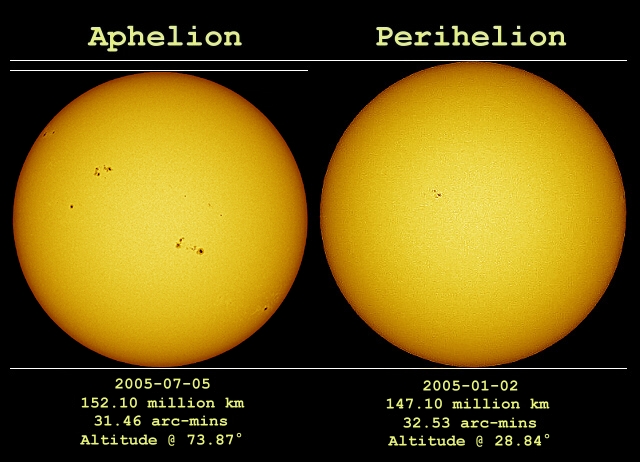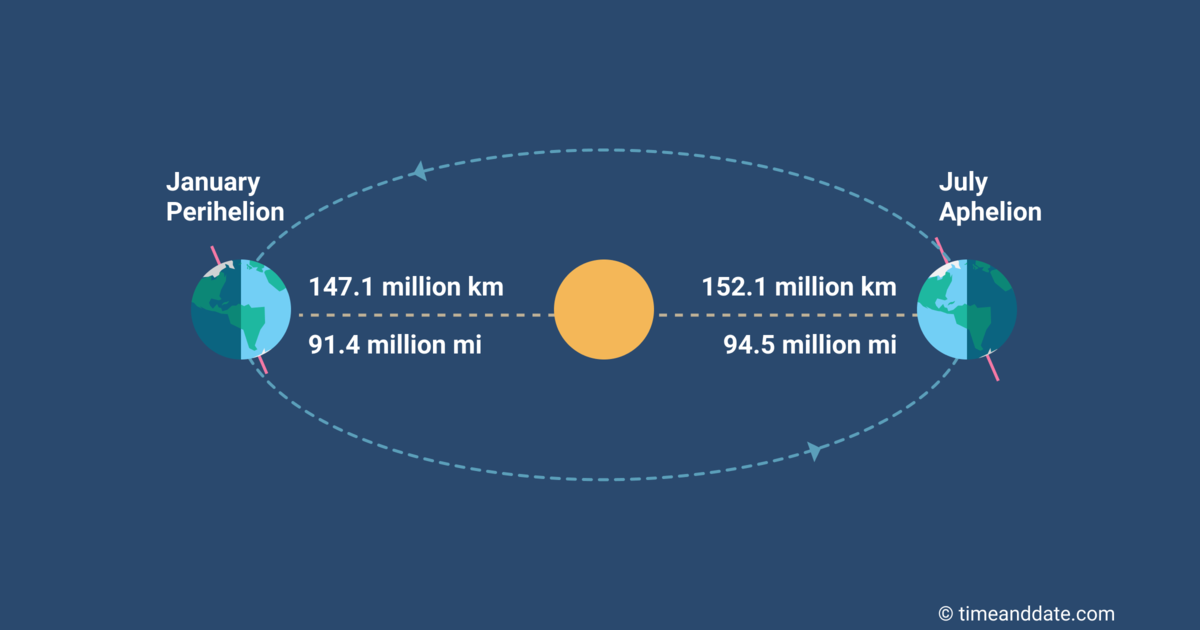THE SOUTHWORTH PLANETARIUM
70 Falmouth Street Portland, Maine 04103
(207) 780-4249 usm.maine.edu/planet
43.6667° N 70.2667° W
Altitude: 10 feet below sea level
Founded January 1970
2021-2022: CXLIII
"Common sense is the collection of prejudices collected by the age of eighteen." -Albert Einstein
THE DAILY ASTRONOMER
Friday, July 1, 2022
July Night Sky Calendar (and Quiz) Part I
_____________________________________
No, we didn't make a mistake!
We intended to send tomorrow's DA today because the very first celestial event will occur on July 1st, a few hours before noon time.
See you again on Tuesday!
______________________________________
Quite a quandary!
The new month begins on a Friday, the day of our weekly quiz. Do we offer the first part of the monthly sky calendar or do we post the quiz? After a protracted period of contemplation (enough time to flip a coin only to have it bounce under the couch), we decided....hey, why not offer both! How? It's simple. We'll send the first part of the night sky calendar as usual. However, we include blanks in place of the words. Your task is to fill in the blanks.
Best of luck to you! We'll post part two on Tuesday
Named for (1)________________, the month of July is the first full month of astronomical summer. We are eagerly anticipating warm nights of ever increasing duration as the Sun moves slowly but inexorably toward the autumnal (2)________.
Throughout the month, the Sun will pass through the constellation (3)___________, the last of the "winter constellations." Of course, some of those winter patterns will return this month, albeit in the pre-dawn eastern sky. The cycle never stops.
FRIDAY, JULY 1: VENUS 4.1 DEGREES NORTH OF ALDEBARAN
Within the first hours of July, one will see the brilliant planet Venus and Aldebaran, the brightest star in the constellation (4)________________ almost four degrees apart. One should experience little difficulty distinguishing between them as Venus, at magnitude -3.9, will be 83 times brighter than Aldebaran (magnitude 0.9). (4)______________ is the western most of the winter star patterns and so always returns to the early morning sky this year.
FRIDAY, JULY 1: MOON NEAR THE BEEHIVE STAR CLUSTER
Located in the constellation Cancer the Crab, the Beehive Star Cluster, also known as (5)__________________, appears close to the waxing crescent moon (6% illuminated) in the early evening western sky. As the moon appears as such a thin crescent, its light won't obscure this cluster.
SUNDAY, JULY 3: MOON NEAR (6)_____________________
The brightest star in Leo the Lion, (6)_________________ appears close to the waxing crescent moon (17% illuminated) in the western evening sky. This regal star represents Leo's heart and also marks the southern point of its "sickle" asterism.
MONDAY, JULY 4: EARTH AT APHELION (SILVER EVENT!!!)
While we're celebrating the war of Colonial aggression, we'll also mark "Aphelion day," the day on which Earth reaches its point of greatest distance from the Sun. At the precise moment of aphelion (3 a.m. EDT), Earth will be 152.1 million kilometers (94.3 million miles) from the Sun. This distance is slightly greater than its average perihelion (shortest) distance of 147.1 million kilometers (91.2 million miles). While the difference does amount to three million miles, the Sun's varying distance from Earth exerts a negligible effect on our weather.
We also won't see much of a difference in the Sun's size. The image below, courtesy of Anthony Ayipmamtis, shows the Sun's apparent size during aphelion and perihelion. While this difference was important to the celestial navigators who used the Sun as one of their markers and so always needed to know its size, which they termed semi-diameter, the Sun will simply look like the Sun to us.

Earth's distance from the Sun changes because it travels along an orbit that is elliptical, not circular. As Earth moves, its heliocentric distance continually changes. Our planet reaches perihelion in early January and aphelion in early July. Refer to the graphic below, courtesy of Time-Date.com. It shows Earth's orbit with the perihelion and aphelion positions marked. Note that the orbital elongation is highly exaggerated. Earth's orbit is, indeed, elliptical, but appears nearly circular.

WEDNESDAY, JULY 6: FIRST QUARTER MOON
See the first quarter moon today. It will rise at 12:27 p.m. and set at 1:36 a.m. tomorrow morning. The first quarter moon appears (7)____% illuminated and immediately precedes the (8) __________ ______________ phase.
SUNDAY, JULY 10: MOON NEAR ANTARES
Marking the heart of (9)____________, Antares appears close to the (8) ___________ ____________ moon (86% illuminated) this evening. Unlike most stars that appear as non-descript white pinpoints, Antares exudes a distinctive reddish color because it is an enormous red supergiant. This heart star is so enormous,(10) ______________ suns could fit inside it. Antares is known as the "summer red supergiant," as it is prominent in the summer evening sky. (11) ______________, in the constellation (12)_____________, is known as the "winter red supergiant." Although (12)_________ is not currently visible due to its close proximity to the Sun in our sky, (11)____________ will actually return to the pre-dawn eastern sky later this month.
Marking the heart of (9)____________, Antares appears close to the (8) ___________ ____________ moon (86% illuminated) this evening. Unlike most stars that appear as non-descript white pinpoints, Antares exudes a distinctive reddish color because it is an enormous red supergiant. This heart star is so enormous,(10) ______________ suns could fit inside it. Antares is known as the "summer red supergiant," as it is prominent in the summer evening sky. (11) ______________, in the constellation (12)_____________, is known as the "winter red supergiant." Although (12)_________ is not currently visible due to its close proximity to the Sun in our sky, (11)____________ will actually return to the pre-dawn eastern sky later this month.
ANSWERS
(1) Julius Caesar
(2) equinox
(3) Gemini the Twins (Or Dioscuri)
(4) Taurus the Bull
(5) Praesepe
(6) Regulus
(7) 50
(8) waxing gibbous
(9) Scorpius
(10) 330 million
(11) Betelgeuse
(12) Orion
To subscribe or unsubscribe from the Daily Astronomer: